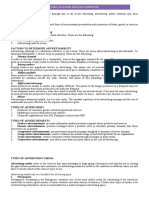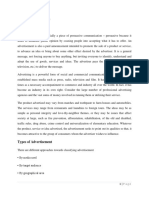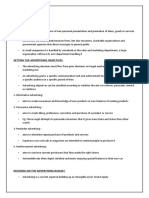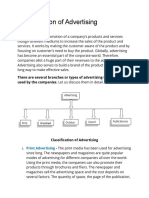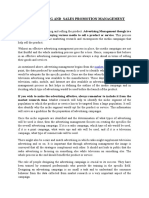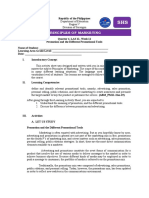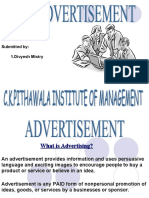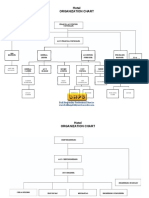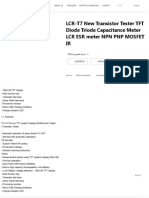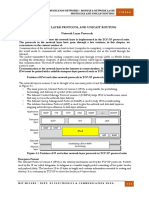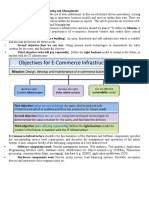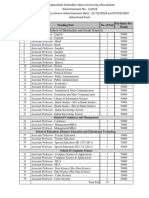0% found this document useful (0 votes)
12 views8 pagesAdvertising and Sales Promotion Study Guide Module 7
This study guide for Module 7 of PROF 106 focuses on advertising media, outlining various types such as television, radio, print, and outdoor advertising, along with their advantages and disadvantages. It emphasizes the importance of understanding media selection criteria, including reach, frequency, lead time, and cost, to create effective advertising campaigns. Additionally, the guide highlights the growing role of online advertising and its various forms, including email marketing.
Uploaded by
Vicente priam AribonCopyright
© © All Rights Reserved
We take content rights seriously. If you suspect this is your content, claim it here.
Available Formats
Download as PDF, TXT or read online on Scribd
0% found this document useful (0 votes)
12 views8 pagesAdvertising and Sales Promotion Study Guide Module 7
This study guide for Module 7 of PROF 106 focuses on advertising media, outlining various types such as television, radio, print, and outdoor advertising, along with their advantages and disadvantages. It emphasizes the importance of understanding media selection criteria, including reach, frequency, lead time, and cost, to create effective advertising campaigns. Additionally, the guide highlights the growing role of online advertising and its various forms, including email marketing.
Uploaded by
Vicente priam AribonCopyright
© © All Rights Reserved
We take content rights seriously. If you suspect this is your content, claim it here.
Available Formats
Download as PDF, TXT or read online on Scribd
/ 8

